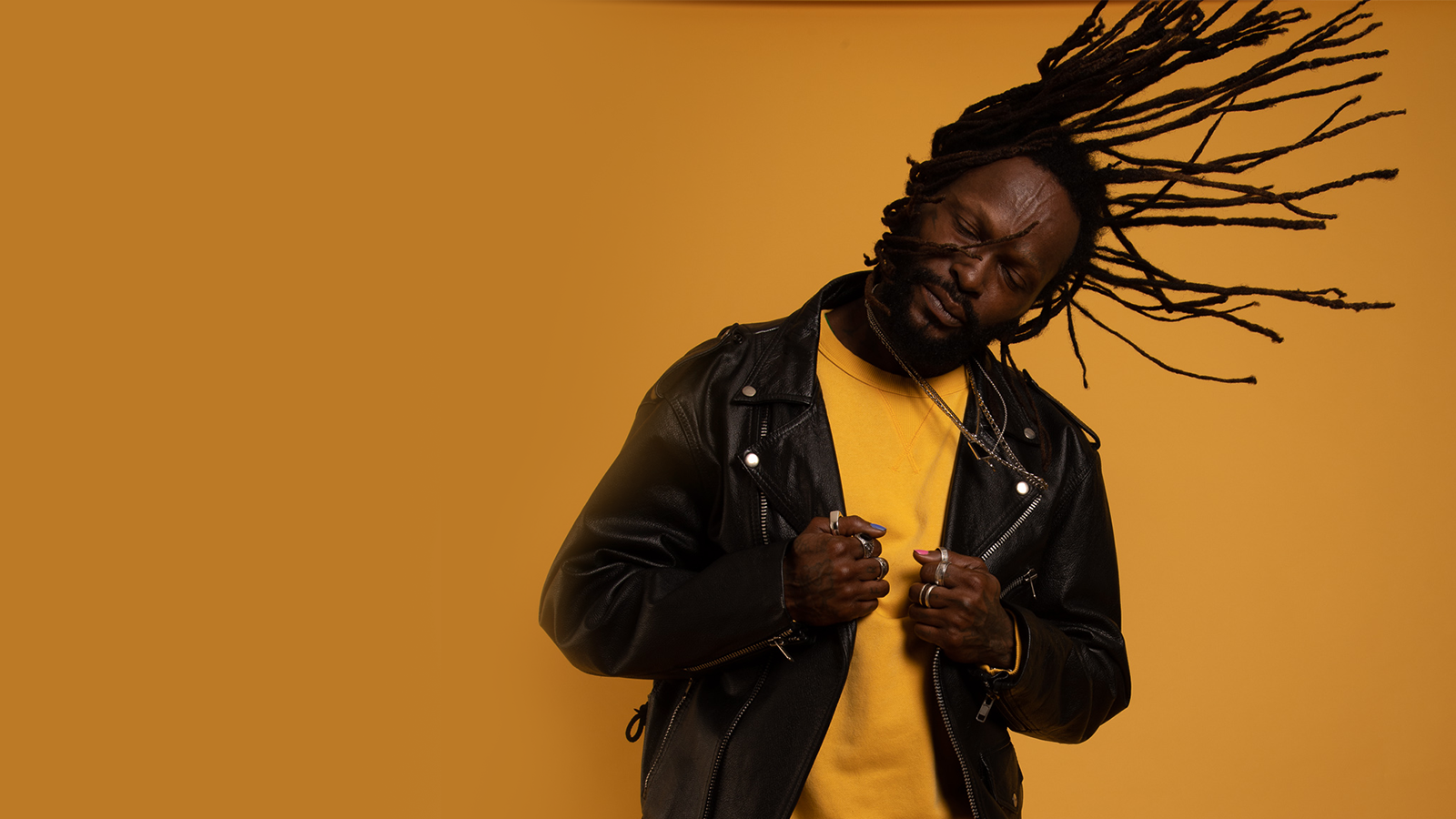
Fashion Communication & Image
DUBAI
The Fashion Styling & Creative Direction programme aims to form skilled stylists with the ability to create new narratives covering both creative and operational strategies in the fashion and luxury business. They will understand how to use media to create followers and highlight brand identity, as well as the relationship between creative and organisational areas of a brand or company brief.
Participants will also learn how to communicate fashion trends and products using paper or digital publications; by understanding the role and responsibilities of the professional stylist participants learn how to pull together, organize and lead a team of experts to ensure that the direction of what is published in fashion magazines, appears online, or on the catwalk, communicates the right messages, at the right time, and to the right target audience.



MODULE 1 – HISTORY OF APPLIED ARTS
By focusing on history and evolution of applied arts and visual communication, the course aims at the understanding and knowledge of pivotal topics in Fashion History and its links with Art, from the Renaissance to the early 21st century. Aspects related to the evolution of styles and aesthetics in different historical and recent eras in connection with Art, Design, and evolution of society are explored, and in addition, different visual influences on contemporary imaginaries and aesthetics are analyzed.
MODULE 2 – VISUAL RESEARCH
The course defines the study of Fashion trends in their contemporary relations with influential cultural, sociological, artistic aspects that act as a driving force to inspire professional research defined visually through inspirational interpretations and aesthetic suggestions. Students will learn the methodology of image research and gather information from different sources, paper and digital, organizing both primary and secondary research.
MODULE 3 – TECHNIQUES OF VISUAL COMMUNICATION
The subject, theoretical and practical, focuses on the learning of digital tools aimed at the work of the Fashion Stylist and Creative Director. Students will acquire the tools of graphic composition and image creation and postproduction, such as shooting images, the creation of fashion editorials, still life, fashion shows, websites and specialized publications, outfit construction and creative layouts, connecting everything to a correct digital graphic approach.
MODULE 4 – ADVERTISING
Students are introduced to a theoretical and historical overview to consumer psychology, advertising techniques and fashion criticism in order to produce articles for blogs, national press, fashion magazines. The subject also aims to analyse, understand and learn about new social platforms as advertising, communication and promotion tools, with reflections on new innovative outlets in the social media sector. Students will be presented with an overview of Fashion communication through digital media such as websites, blogs and social networks.
MODULE 5 – HISTORY AND CRITICISM OF CONTEMPORARY DESIGN
The course delves into the history and criticism of contemporary design for fashion styling and creative direction. It covers the history of photography and photographic techniques, along with visual research methods. Students gain a deep understanding of fashion's evolution, enhancing their styling and creative direction skills through historical and visual insights.
MODULE 6 – LAYOUT TECHNIQUES
This course focuses on layout design for fashion styling and creative direction, specifically for magazines and editorial products. It covers photographic techniques, visual research, and the fundamentals of art direction. Students learn to create compelling visual stories, combining fashion styling with innovative design and effective communication.
MODULE 7 – COMMUNICATION STRATEGIES
This course focuses on communication strategies for fashion styling and creative direction, emphasizing content creation for branded visual identities. It covers magazines, editorial products, and new media. Students learn to develop compelling visual content that supports brand identity, utilizing innovative strategies for effective storytelling and audience engagement.
MODULE 8 – ART DIRECTION
This course focuses on art direction, covering communication strategies, visual brand identity, and visual storytelling. Students learn image creation aligned with contemporary trends, developing skills to craft compelling narratives that enhance brand identity. Emphasis is placed on innovative visual communication techniques and current industry practices.
MODULE 9 – SOCIOLOGY OF COMMUNICATION
This course focuses on fashion styling and creative direction, starting with an in-depth understanding of image creation principles derived from sociology of communication dynamics and aspirational dynamics within our image-driven culture. It guides content creators and image makers in understanding and creatively expressing brand identities effectively.
MODULE 10 – COMMUNICATION DESIGN
This course focuses on design for communication as a pivotal discipline for fashion stylists and creative directors. It covers corporate identity principles for brands and editorial platforms, teaching students to create cohesive and compelling brand narratives. Emphasis is placed on developing strategic visual content that aligns with brand identities and editorial goals.
MODULE 11 – ORGANIZATION SKILLS
This course helps fashion stylists and creative directors develop essential skills, including organization, project management, resource management, and time management. It covers sourcing, PR, and effective collaboration on set with other professionals. Students learn to meet industry standards, ensuring successful project execution and professional growth within the fashion industry.
MODULE 12 – MULTIMEDIA DESIGN
This course helps fashion stylists and creative directors develop multimedia design skills, enhancing creativity through new technologies, computer graphics, and video production. It focuses on creating multimedia narratives consistent with the latest trends and emerging social imageries. Students learn to leverage digital tools to produce innovative, trend-aligned visual content.

 Fashion Communication & Image · Undergraduate Dubai
Fashion Communication & Image · Undergraduate Dubai